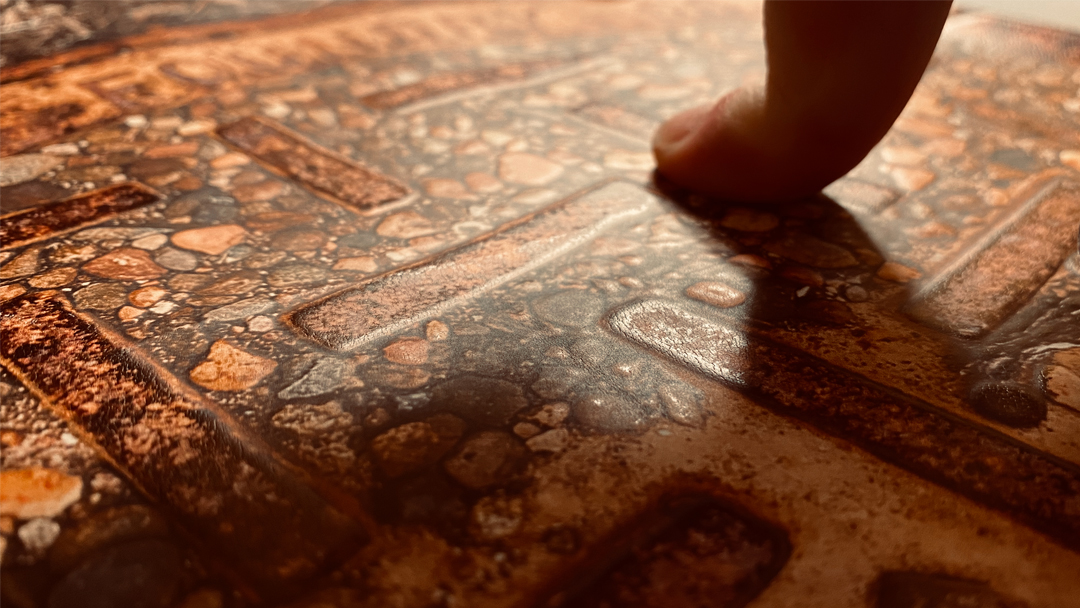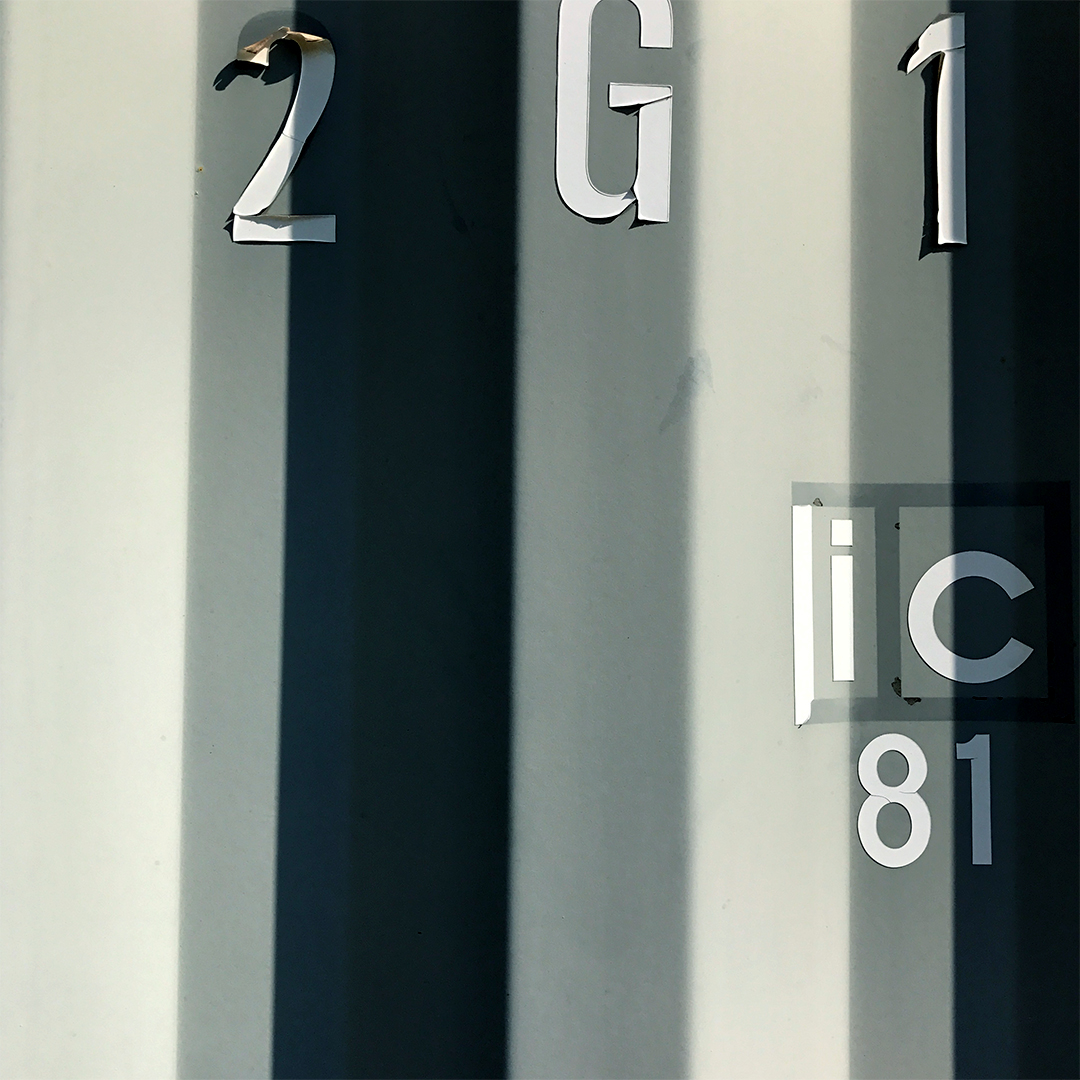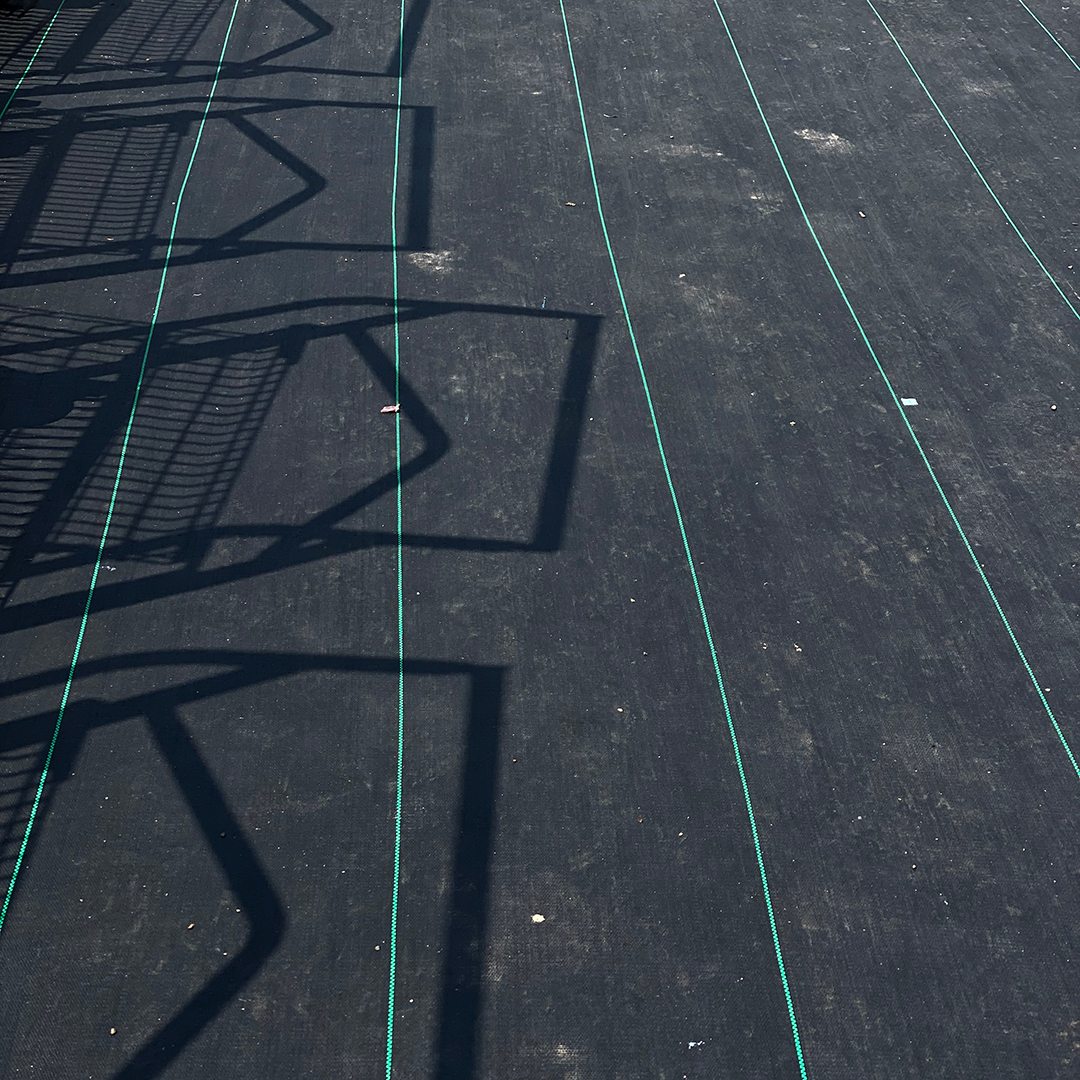Research Statement
Three components describe my creative and research activities:
1: Creating Socially Conscious Design
2: Working with Multifaceted Creative Output
3: Building on Design Fundamentals to Facilitate Forward Thinking
Each research component challenges me to make discoveries in the world and make it a place that embraces the intersectionality of people. They will evolve further as I discover more about how my creative and research activities influence my teaching pedagogy. What I have to offer will prepare students for the design industry for years to come.
1: Creating Socially Conscious Design
Since the beginning, I have devoted my career to socially conscious design. The values I live by have greatly influenced and evolved my design.
Socially conscious design addresses injustices in many ways and can be used in conjunction with other design disciplines, such as information design, policy design, and service design. Providing services to nonprofits and social entrepreneurs, developing awareness of social issues, and developing climate-friendly solutions are important elements of socially conscious design.
At its core, socially conscious design is about how macro- and micro-level design decisions should do no harm and improve the world. It uses methodologies and processes to design pathways toward justice for the earth’s health and people’s well-being. A great need for socially conscious design exists due to climate change and decreased planet health. The world needs this design approach because many individuals and groups cannot live an equitable and just life because of detrimental social and cultural norms and behaviors.
An example of a macro design decision is ensuring that design solutions do not appropriate a norm from a culture or ethnic group. Throughout the history of branding and marketing, visual symbols of indigenous way of life have often been widely used, reinforcing stereotypes and continuing the racism toward indigenous peoples.
Ensuring that the color scheme is accessible to people with color blindness is a micro-level design decision that greatly impacts whether a solution meets its objective. Although it may not be apparent to many users, these design decisions can eliminate accessibility and inclusion barriers for many people.
My socially conscious design practice has evolved over time. As a business owner, the constructs of social business entrepreneurship, sustainability best practices, and issues regarding racism were deeply ingrained in my socially conscious design practice. My design evolved into working for disability justice when I became more comfortable with my identity as a person with a disability. I realized that the barriers I experience are not unique to me, and an entire community of people have similar experiences. As a result, I design for disability justice because I can develop an awareness about disability issues while finding practical solutions that meet accessibility objectives. This approach is a human-centric design built on solving problems that makes an accessible world celebrating the intersectionality of people.
Through client work, personal projects, conferences, and publishing, my expertise in disability justice is doing its part to push the graphic design industry toward accessibility. Graphic designers in industry and education have pushed the profession to be a source of social good. Still, this progress largely has not reached the factor of accessibility. There is a great need for graphic designers to use universal design, inclusive design principles, and accessibility best practices.
Disability issues and accessibility are important for national and global graphic design industries, because one in four people in the United States have a disability. Furthermore, 15% of the global population has a disability. Despite these populations, many traditional graphic design media are not accessible to people with different disabilities. For example, the work graphic designers in print media have produced is not accessible to the 285 million people with low vision or blindness. Mostly, these designs have lacked Braille and multi-sensory components to make communication accessible. This community’s rights to access information have been neglected widely across society. Furthermore, that neglect has not been on the radar of the graphic design industry on the whole.
I am frustrated with the lack of attention that accessibility has received in graphic design and across society. Still, I am excited about the possibilities of what can emerge when design becomes a vehicle for change, particularly for people with disabilities.

This infographic poster is a part of the poster series for The Awareness Campaign. The poster series speaks to many disability injustices. More information about the poster series can be found here in my design portfolio.
2: Working with Multifaceted Creative Output
My diverse body of work contributes to the study of graphic design and the industry in various ways. I make the work using traditional graphic design applications, social media, and photography. Each element has different objectives and outcomes, enabling me to explore and experiment with different topics during the design process.
Client-based Work
My client-based work includes services to nonprofits, campus groups and organizations, and the disability community. These projects use my socially conscious design skills, especially my disability and accessibility expertise which are rare in the industry. For this reason, I navigate towards working with clients that are advocates for the disability community.
Providing design services to clients is vital for all design educators because we are often the first people in the graphic design industry that students encounter. Our experiences as practitioners will influence our pedagogy by seeing our clients’ needs firsthand.


This visual identity was designed for a communication strategy firm in Richmond, Virginia.
Self-initiated Projects
Most of my creative and research activities are self-initiated projects. I make everything to explore different disability issues and how designers can achieve accessibility.
The Awareness Campaign: The biggest project, regarding the amount of generated content, is The Awareness Campaign. I developed and managed this campaign over several years using various transmedia design applications. It provided many opportunities to grow as a socially conscious designer and advance my disability advocacy. The campaign’s brand identity and various content have been awarded, exhibited, and published 18 times by How, Graphis, Creative Quarterly, Graphic Design USA, and many other organizations.
This Instagram post is one of many that was developed for The Awareness Campaign. Each post spoke to various disability topics and issues.

This poster brings attention to the unjustified incarceration of Matthew Rushin, a black autistic male with ADHD and Aspergers. Due to the lack of training about autism and other disabilities, police wrongly concluded that Matthew Rushin intentionally caused a car accident that killed two people. GDUSA and Graphis awarded the poster.
Abilities Design: I started this project because the graphic design education community has not been giving accessibility the attention it needs. Through my teaching of accessibility over the last several years, I have developed a methodology called Abilities Design, which aids graphic design educators with brainstorming ideas to meet accessibility objectives. I am creating pedagogical materials to assist with teaching Abilities Design and other aspects of accessibility.
This methodology will teach students how to make macro- and micro-level design decisions for the betterment of people’s abilities. As a result of those decisions, students will do their part to make the world more accessible, inclusive and just for people with disabilities.
I presented Abilities Design at an international conference on accessibility, chosen through a peer review process. Additionally, an article I wrote about Abilities Design was published in a peer reviewed journal, JOAL, focusing on accessibility and law.

These are a system of illustrations for Abilities Design that symbolizes people’s diversity and inclusion. Teaching students about the intersectionally of people with disabilities is an important part of the Abilities Design curriculum. It helps to uncover why there are so many inequities for the disability community.
Multisensory Book: I am collaborating with poet and plain language expert Deanna Geneva Lorianni to develop an offset printed multisensory book called Now/Between. This publication will enable everyone to experience the photographic arts and poetry, regardless of their sight abilities. This socially conscious design project is challenging because of all the macro- and micro-level details that must be executed to make the book accessible.
Through Braille, tactile photography, and audio content, the book has already unveiled possible ways the publishing industry can design print media to be accessible for people with low-vision or blindness. We have already given presentations about the book at two international disability conferences. Deanna and I were accepted to speak at these conferences through a blind peer review process.

The book will have tactile prints, which would enable anyone to feel the textures seen in the photographs. Several printed proofs were made throughout the design process.

I designed the visual identity for the new company I started with Deanna Geneva Loranni. Color to Sound, LLC is an art lab that makes art and design that is accessible to people of all abilities and disabilities. The book, Now/Between is the first project for the company.
Synthetic Voice Development: I collaborated with Dr. Jolene Hyppa Martin, Professor of Speech-Language Pathology at the University of Minnesota Duluth (UMD), and Corinne Schmidt, an undergraduate student studying speech-language pathology. We examined how using Universal Design for Learning, and user-experience design principles might lessen the negative impact that my speech impairment has on delivering course content, much the same as others with speech impediments struggle with communication. The project led to working with a voice bank company. We developed a synthetic voice similar to mine without my speech impairment. The goal is to use this tool when conducting pre-recorded video tutorials and presentations. Although the synthetic voice produced mixed results by not completely eliminating my speech impairment, I believe progress is possible.
Further study in this area could open doors for others with speech disabilities to enter into communication roles without the barriers I encountered. This research project also raised the question of how synthetic voices can make personal assistants and other voice interfaces accessible for people with speech impairments. The research was peer reviewed and presented at the 2021 American Speech-Language-Hearing Association Convention.
This is a video clip that shows Jolene and me testing different versions of the synthetic voice.
Photography
My photography work records urban and industrial images showing decay. I frame up objects and spaces in abstract form to satisfy my design sensibility. The work is influenced by the photography of László Moholy-Nagy and the late Ben Day, Professor of Graphic Design, at Virginia Commonwealth University (VCU).
I have been producing photographs since my undergraduate degree studying graphic design. This work remains important to my design process and exploration of traditional design principles. My photography work has been awarded, exhibited, and published internationally and nationally 28 times since joining the UMD faculty.



3: Building on Design Fundamentals to Facilitate Forward Thinking
Early in my career, I conceptually connected the fundamentals in my photography to graphic design. Taking in the urban surroundings of Richmond, Virginia, contributed greatly to my work, and has translated to capturing images anywhere at any time. Producing photographs this way keeps me observant and curious, lending a sense of immediacy to my images and leading me to establish a visual language for my graphic design work. Two decades later, I still produce photographs exploring visual design fundamentals.
Previously I had little direct intersection between my photography and graphic design work; however, the multisensory book Now/Between integrates the two disciplines. Using my photography in this manner will keep me in a state of experimentation as I find new ways of designing accessible solutions. These projects will bridge my work between the traditional fundamentals of visual design and the accessibility principles that are vital for the future of graphic design.
My self-initiated projects reflect my take on how design is evolving from developing printed artifacts to solving system-based and service-centric multifaceted problems. These projects are informed by AIGA’s Future Papers outlining how professionals and educators can align themselves to design’s evolving future. With forward-thinking creative and research activities, I will do my part to put the BFA graphic design program ahead of the curve. My forward-thinking mentality and skills focus will prepare future UMD students for a more inclusive and ever-changing graphic design industry.
